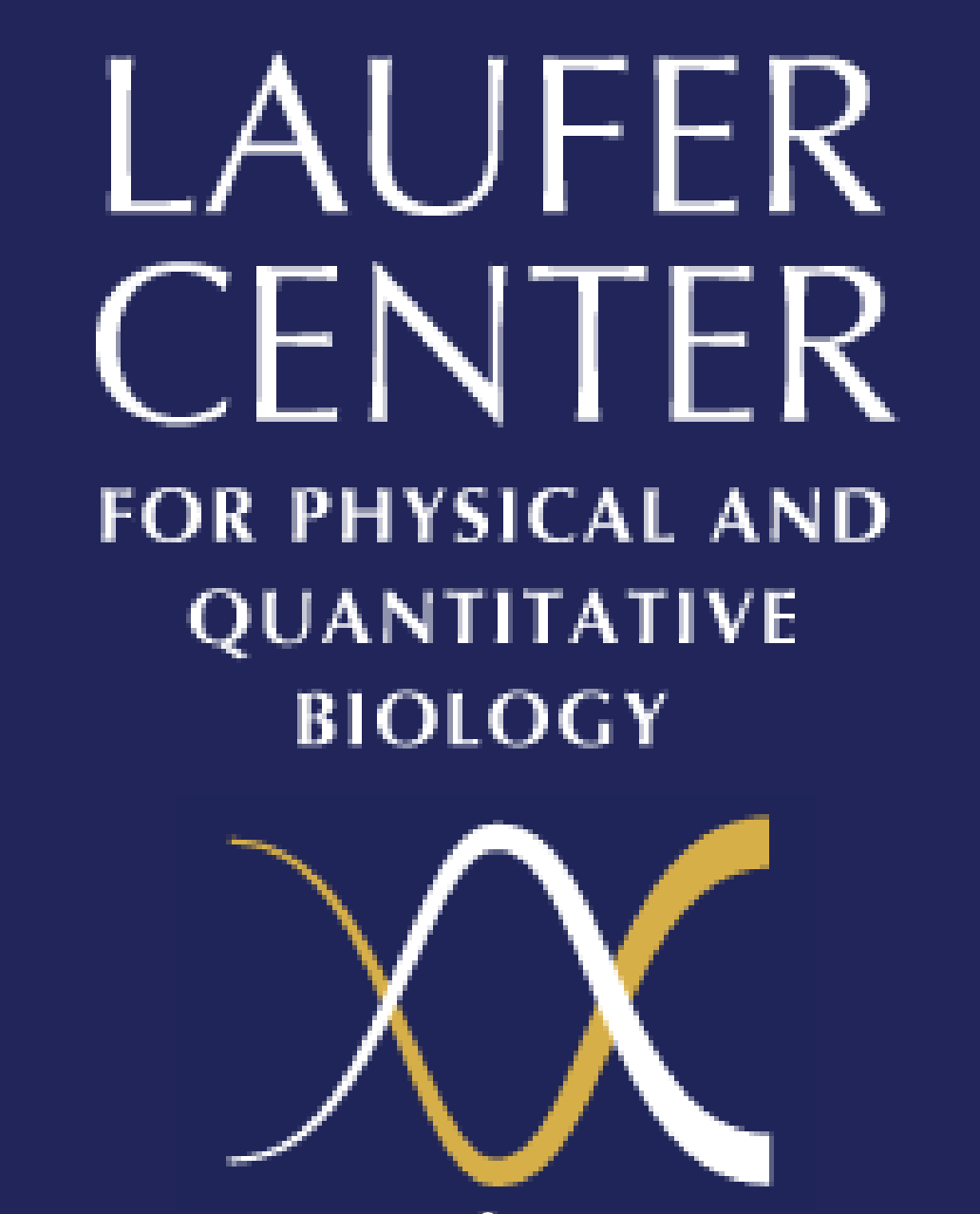Events Calendar
Lisa Tucker-Kellogg
Monday, September 17, 2018, 01:00pm - 02:00pm
Hits : 2709
Contact David Green (Host)
Assistant Professor at the Duke-NUS Medical School in Singapore
Evolution of Drug-Resistance in Cancer: Computational Modeling of
Combination Treatment and the Dynamics of Cellular Subpopulations
Combination Treatment and the Dynamics of Cellular Subpopulations
The search for effective combination therapies for cancer has focused
heavily on synergistic combinations because they exhibit enhanced
therapeutic efficacy at lower doses. Although synergism is intuitively
attractive, therapeutic success often depends on whether drug
resistance develops. The impact of synergistic combinations (vs.
antagonistic or additive combinations) on the process of
drug-resistance evolution has not been investigated. In this study, we
use a simplified computational model of cancer cell numbers in a
population of drug-sensitive, singly-resistant, and fully-resistant
cells to simulate the dynamics of resistance
evolution in the presence of two-drug combinations. When we compared
combination therapies administered at the same combination of
effective doses, simulations showed synergistic combinations most
effective at delaying onset of resistance. Paradoxically, when the
therapies were compared using dose combinations with equal initial
efficacy, antagonistic combinations were most successful at suppressing
expansion of resistant subclones. These findings suggest that, although
synergistic combinations could suppress resistance through early
decimation of cell numbers (making them "pro-efficacy" strategies),
they are inherently
fragile toward the development of single resistance. In contrast,
antagonistic combinations suppressed the clonal expansion of
singly-resistant cells, making them "anti-resistance" strategies. The
distinction between synergism and antagonism was intrinsically
connected to the distinction between offensive and defensive
strategies, where offensive strategies inflicted early casualties and
defensive strategies established protection against anticipated future
threats. Our findings question the exclusive focus on synergistic
combinations and motivate further consideration of non-synergistic
combinations for cancer therapy.
heavily on synergistic combinations because they exhibit enhanced
therapeutic efficacy at lower doses. Although synergism is intuitively
attractive, therapeutic success often depends on whether drug
resistance develops. The impact of synergistic combinations (vs.
antagonistic or additive combinations) on the process of
drug-resistance evolution has not been investigated. In this study, we
use a simplified computational model of cancer cell numbers in a
population of drug-sensitive, singly-resistant, and fully-resistant
cells to simulate the dynamics of resistance
evolution in the presence of two-drug combinations. When we compared
combination therapies administered at the same combination of
effective doses, simulations showed synergistic combinations most
effective at delaying onset of resistance. Paradoxically, when the
therapies were compared using dose combinations with equal initial
efficacy, antagonistic combinations were most successful at suppressing
expansion of resistant subclones. These findings suggest that, although
synergistic combinations could suppress resistance through early
decimation of cell numbers (making them "pro-efficacy" strategies),
they are inherently
fragile toward the development of single resistance. In contrast,
antagonistic combinations suppressed the clonal expansion of
singly-resistant cells, making them "anti-resistance" strategies. The
distinction between synergism and antagonism was intrinsically
connected to the distinction between offensive and defensive
strategies, where offensive strategies inflicted early casualties and
defensive strategies established protection against anticipated future
threats. Our findings question the exclusive focus on synergistic
combinations and motivate further consideration of non-synergistic
combinations for cancer therapy.
Location Laufer Center Lecture Hall 101
Refreshments following lecture in Laufer Hub 110


